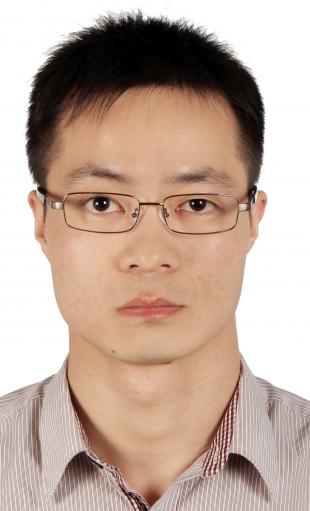Dr Ji Xu got his B. Sc in 2006 from Xi'an Jiaotong University, and then Ph. D in 2012, from Institute of Process Engineering, Chinese Academy of Sciences. He has been associate professor of chemical engineering at Institute of Process Engineering, Chinese Academy of Sciences since 2015. He is interested in developing multi-scale simulation method to realize virtual process engineering for the particulate systems with discrete particle methods, including developments of more efficient and accurate models, and the algorithms for massively large-scale parallel computing on supercomputers of heterogeneous architecture. The developed simulating method can reach to thousands of millions of computational particles on hybrid CPU and GPU supercomputers and long-time simulations of large scale particulate systems are achieved.

